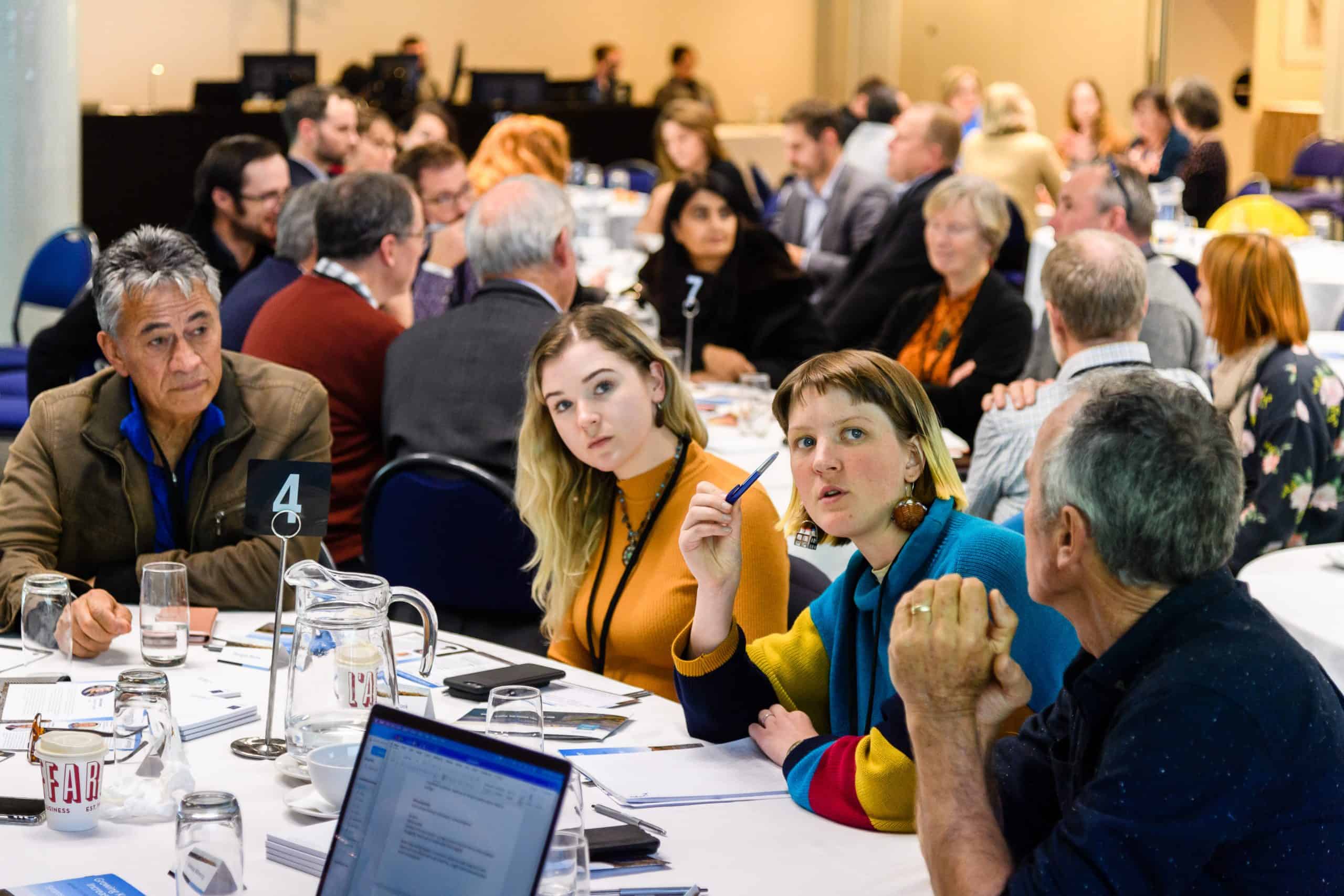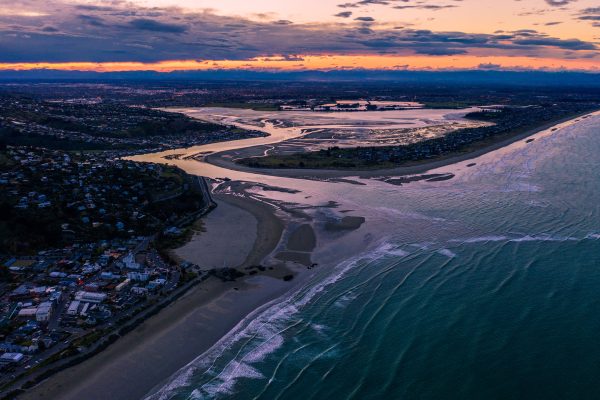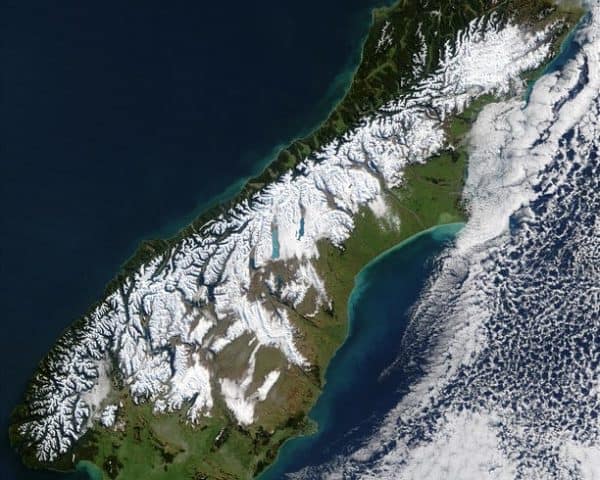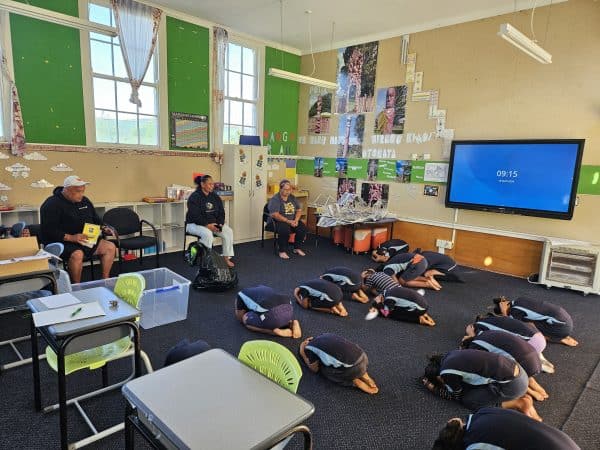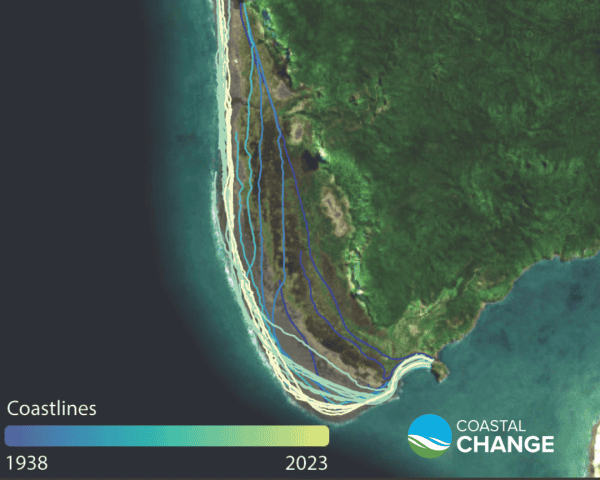We rely on collaborations with our partners and stakeholders in order to achieve our mission, including Challenge parties, other NSCs and aligned research organisations, iwi and hapū, government agencies, and councils.
Growing Kai Under Increasing Dry was a collaboration between RNC, Deep South and Our Land & Water NSCs to develop a ‘rolling symposium’ on drought and the primary sector. The series of three webinars and an in-person symposium focused on how the primary sector can build resilience to increasingly frequent and severe drought. We used the webinars to share NSC research, while the symposium allowed wide-ranging stakeholder discussions, particularly in relation to policy development by central government. A summary report is close to completion, which identifies responsibilities of the relevant sectors, and next steps.
We received really positive feedback from key stakeholders, particularly on way they were able to access expertise from the NSCs through a ‘single front door’.
RNC is part of a collaborative project supporting the deployment of seismometers in schools around the motu, alongside Te Herenga Waka Victoria University of Wellington, Massey University, University of Canterbury, GNS Science, ECLIPSE, QuakeCoRE, and East Coast LAB. The project aims to increase knowledge about earthquakes, tsunami and protective behaviours, encourage interest in the role of science in understanding the environment, and show pathways to future education and careers.
Under Phase 1, we co-funded a research project in partnership with QuakeCoRE to develop Māori-centred seismic hazard education activities for kura. Led by Lucy Kaiser (GNS Science, Massey University’s Joint Centre for Disaster Research) the activities are designed to encourage tuākana-tēina mentorship and increase the knowledge and preparedness of tamariki in the Hawke’s Bay and Wellington regions. Lucy was awarded the GNS Science Early Career Researcher Award at the 2020 Science NZ Awards in recognition of this mahi.
The Alpine Fault earthquake preparedness and response planning programme AF8 is a cross-boundary organisation funded by six South Island CDEM groups, QuakeCoRE and EQC, with science support from RNC’s Rural programme.
In autumn 2021 the team rolled out the AF8 Roadshow, sharing science with local communities from Invercargill to Golden Bay. Over 11 weeks, scientists including our research leaders Assoc Prof Caroline Orchiston, Assoc Prof Liam Wotherspoon, and Prof Tom Wilson visited 16 schools and held 16 public science talks. The events attracted a total audience of approximately 3,000 people. The events sparked new conversations about what can be done to boost local earthquake resilience, and the team received plenty of positive feedback from the public.
The RNC Volcano programme is deepening existing partnerships and building new relationships in Taranaki and the Central North Island. Programme co-leader Prof Jon Procter is the new Chair of the Taranaki Seismic and Volcano Advisory Group (TSVAG) and is working closely with GeoNet to improve the volcanic monitoring network for Taranaki maunga. TSVAG is a critically important group for the provision of volcano science advice for Taranaki. RNC researchers are constantly transferring new methods and models into practice in partnership with Taranaki stakeholders as evidenced by two hazard assessments supplied to the Department of Conservation.[1] [2] The team is also working closely with Taranaki CDEM staff on volcano crisis contingency planning and risk communication. In particular, researchers have supplied the CDEM group with data and hazard GIS layers to develop a series of public hazard maps and infographics.
Jon Procter also leads a project in our Whanake Te Kura i Tawhiti Nui programme, working with Ngāti Rangi to identify wai (waters) associated with Matua te Mana (Maunga Ruapehu). Through wānanga, researchers and mana whenua aim to share knowledge about volcanic waters and the mauri, wairua and life-supporting capacity of these features.
In December 2020 researchers took part in a hīkoi with Ngāti Rangi to observe their environmental and volcano monitoring programme. At that time Matua te Mana was in a period of heightened unrest. Iwi-led environmental monitoring based on traditional sites picked up the changes in the Crater Lake that GNS Science had also detected, indicating an eruption. The project seeks to develop a joint mātauranga Māori / science-based water-monitoring framework of indicators that relate to volcanic processes and changing behaviours for Matua te Mana.
[1] Mead, S., Procter, J., Bebbington, M., 2020: Volcanic hazards to Taranaki Crossing from Taranaki and Fanthams Peak. Commissioned by the Department of Conservation. Volcanic Risk Solutions, Massey University, 46 p.
[2] Procter, J.N., Bebbington, M., Mead, S., 2018: Pouakai Crossing volcanic hazard assessment. A report commissioned by the Department of Conservation. Volcanic Risk Solutions, Massey University,32 p.
This case study was submitted to the Ministry of Business, Innovation and Employment as part of our 2020-21 annual reporting.
